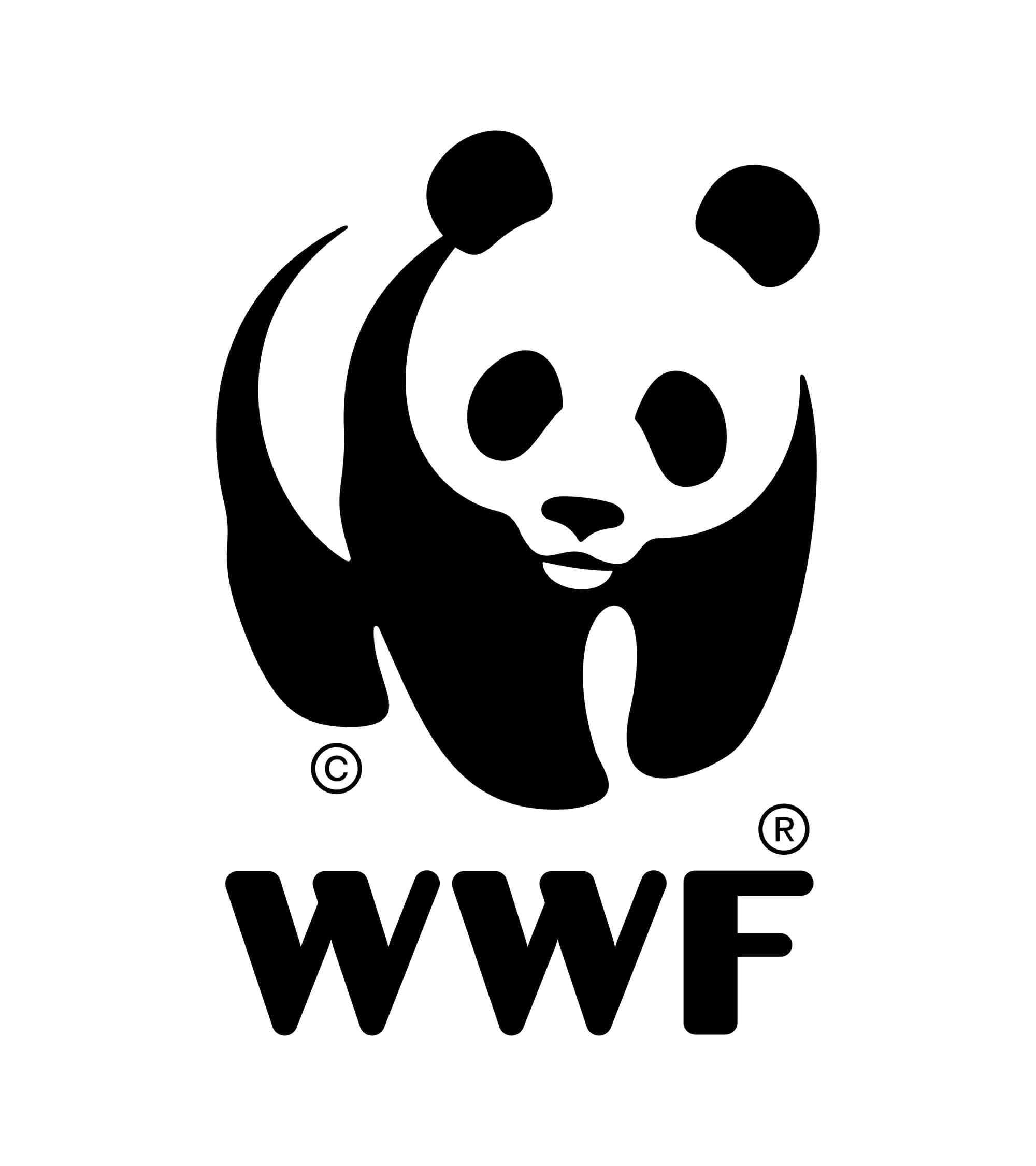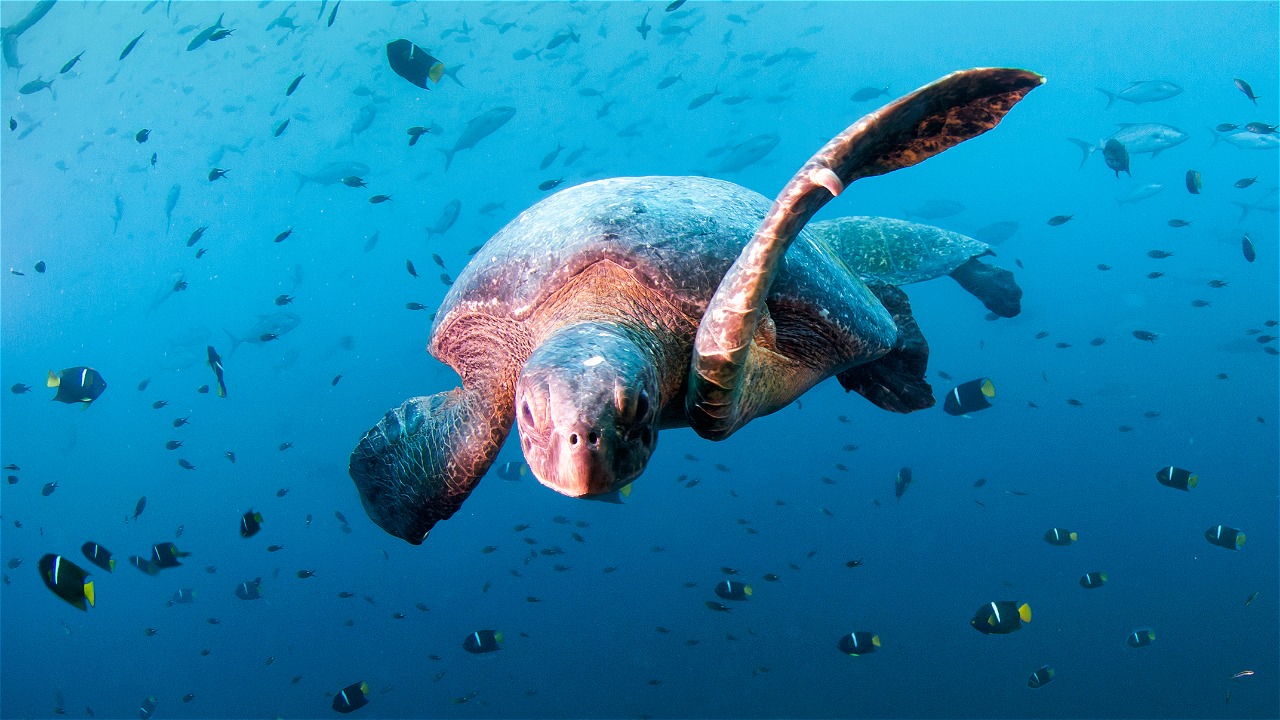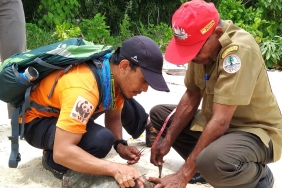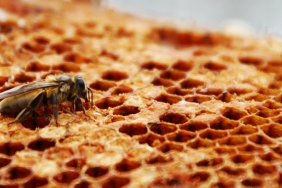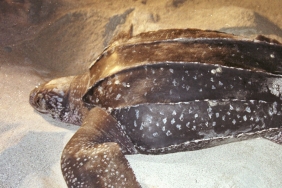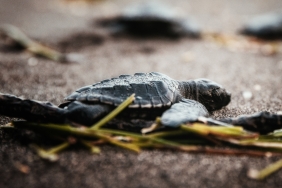SEA TURTLES IN INDONESIA: THE STORY OF AN ENDANGERED MARINE AMBASSADOR
As a species whose natural life cycle is already vulnerable, the survival of Sea Turtle populations is increasingly threatened by increasing human activity.
Who doesn't know a sea turtle, an associative reptile with a slow but persistent nature in achieving its goals? These animals, which spend most of their lives in the sea, naturally live and breed in conditions that are more challenging than their physical limitations. These include natural disturbances and predatory animals during egg hatching, the low survival rate of newly hatched turtles, the long time it takes turtles to reach reproductive age (around 30-50 years, before swimming back to the nesting beach where they once hatched, walked and swam into the sea), and the various threats they face as they travel the oceans.
In Indonesia, six species of sea turtles are found out of the seven recorded in the world. Four of them even lay their eggs on beaches along Indonesian waters, namely the Green Turtle, Leatherback Turtle, Hawksbill Turtle, and Olive Ridley Turtle. For them, Indonesian waters are the most important migration route at the junction of the Pacific and Indian Oceans. Moreover, Indonesia has the largest leatherback turtle nesting beach in the Pacific region, in Abun, Papua, and the largest green turtle nesting beach in Southeast Asia, in the Berau Islands, East Kalimantan.
In Abun, West Papua, Pacific Leatherback turtles (Dermochelys coriacea) lay their eggs on a number of beaches. Although the population has declined dramatically over the past three decades, every year around 1,000 leatherback turtles visit Abun Beach to lay their eggs. Other sea turtles that have been seen nesting at Abun Beach include the Green Turtle (Chelonia mydas), Olive Ridley Turtle (Lepidochelys olivacea), and Hawksbill Turtle (Eretmochelys imbricata), but the population is not as large as the Leatherback Turtle. Abun's Leatherback turtle is indicated to have a migratory pattern with a range to the north and south to reach feeding areas. They migrate as far southwest as the Lesser Kei Islands (Banda Sea), Sulu Sea, South China Sea, Southeast Australia, and the West Coast of the United States. The Lesser Kei Islands are indicated to be feeding grounds for leatherback turtles, which prey on the large brown jellyfish found there.
In Berau, East Kalimantan, nine of 31 small islands are Green Turtle nesting beaches. Each year, about 15,000 female turtles come and lay their eggs there. Based on turtle migration studies in Indonesia, seagrass beds in the Berau Islands are important feeding areas for these turtles. Therefore, the Regional Marine Protected Area of Berau Island, East Kalimantan, reaches an area of 1,222,988 ha, which stretches from the northern part of Panjang Island to the south of Tanjung Mangkaliat.
Another area in Indonesia that is important for breeding turtle species is Paloh. The coastal area of Paloh is located in the north of Sambas Regency, West Kalimantan. Its sandy beaches stretch for more than 100 km of which 63 km (about 79% of the total coastline) is a nesting habitat for Green and Hawksbill turtles. This fact indicates that Paloh is the longest turtle nesting area in Indonesia. Another fact shows that more than 2,000 Green Turtle nests (more than 500 females) per year are found in Paloh Beach. This makes Paloh the second largest Green Turtle population in the chain that stretches from Peninsula, Malaysia to Sulu Sea, Sulawesi.
Myths and Extinction Threats
Coastal communities around nesting areas have long associated sea turtles with various local myths and traditions. Fishermen in Banggai Islands, Central Sulawesi, for example, believe that catching sea turtles will bring bad luck and illness to the perpetrator. The antidote is that the fisherman must be taken to a shaman or traditional chief, and fulfill various requirements, such as throwing offerings, burning incense, and so on. Meanwhile, people in the Kei Kecil Islands recognize the leatherback turtle as Tabob. For them, Tabob is a symbol of ancestors. The seven hills on the leatherback turtle's shell indicate the number of local indigenous community units in the area.
In addition to having meaning in local traditions, turtle meat and eggs are consumed by the community and are a source of daily protein. Unfortunately, since three decades ago, the trade of sea turtle products has grown, even to the global market. The number is increasing sharply every year. The turtle meat trade is mostly carried out in Bali, while the turtle egg trade can be easily found in Kalimantan, Sumatra and Java.
The IUCN has declared Sea Turtles on the Red List of Threatened Species. As a species whose natural life cycle is already vulnerable, the survival of Sea Turtle populations is increasingly threatened by increasing human activities. These activities include the destruction of sea turtle habitats and nesting grounds, bycatch (bycatch), egg poaching, illegal trade in sea turtle-based products, and other environmentally harmful exploitation. The destruction of sea turtle habitats will directly jeopardize the sustainability of these ambassadors of the sea.
